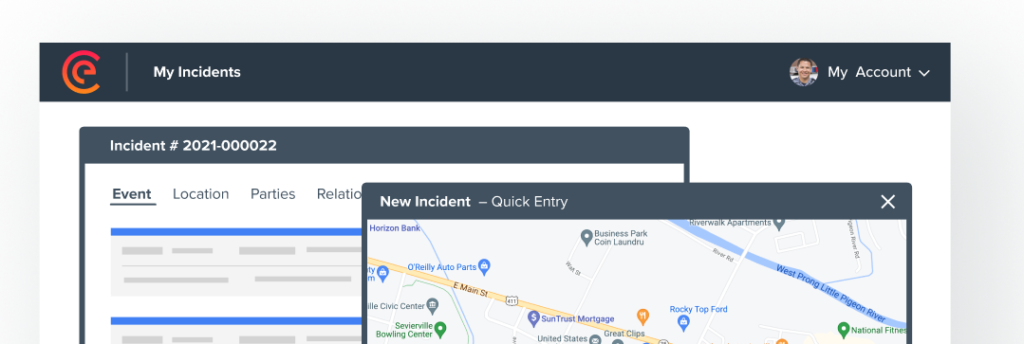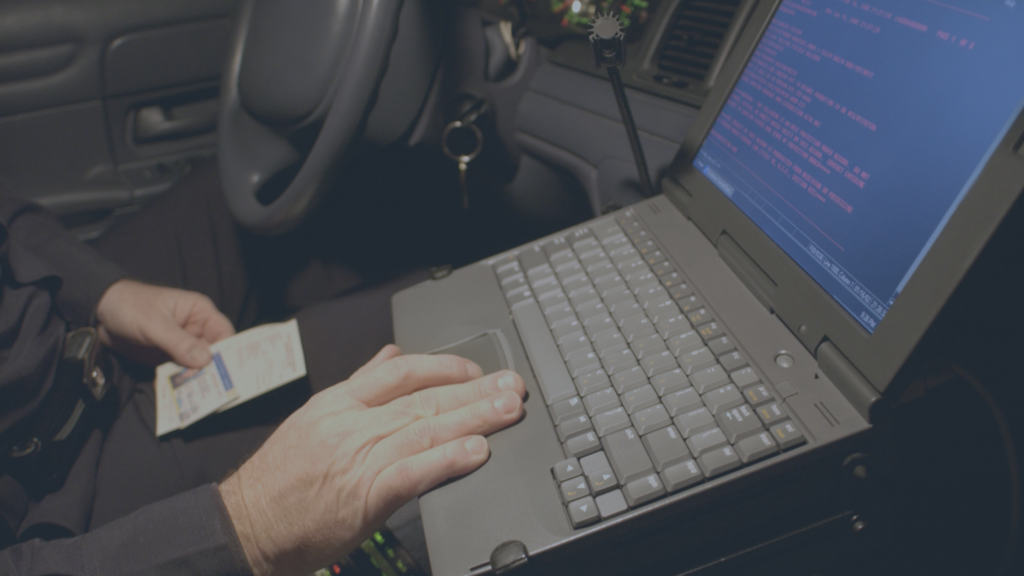

Three Ways Mobile Technology Advances Police Departments
It’s hard to believe that it was just a decade ago when mobile technology disrupted society and took an increasingly important role in our daily lives. Advancements in portable technology took our world from “mobile” to “mobile-first” to reaching a state of “mobile-only” for many services.
Mobile technology has streamlined many business functions, most notably by increasing productivity and flexibility in the workplace. Like many other professions, law enforcement faces unprecedented challenges in hiring, retention, and staffing. Law Enforcement commanders are looking for ways to keep their officers on the street and productivity tools to alleviate pressures that overwork their staff.
Here are three ways mobile functionality in your software can advance police department productivity:

1. Cloud Accessible
Cloud accessibility provides users access to data that could otherwise remain restricted to servers on browser-based, secure web applications. In many cases, as long as you have an internet connection, you can access data anywhere, particularly with expanded 4G coverage across many parts of the US. Using a secure, CJIS-compliant hosting facility for government and criminal data is critical.
With the functionality to “run everywhere”, cloud accessible software is easy to use on any device (laptop, desktop, tablet, and mobile) and operating system (Windows, Apple, Linux, iOS, and Android).
2. PORTABLE DOCUMENTATION
Portable Documentation standardizes versatile information sharing from one computer to another, reducing duplicate work from manually writing and converting to digital formats. This mobile functionality allows officers to complete reports in the field or at a crime scene, increasing productivity while on a case.
Additional functions that can enhance the documentation process include on-the-go navigation tools specifically designed for quick data collection. While there are so many other distractions while working remotely, officers should be able to pause their reports without losing data to address imperative needs like responding to calls and providing needed backup for their partners on the street.
3. Advanced Integration
Software integrations will simplify and streamline your workflows so all processes move along as they should. Modern software solutions should have advanced integrations that interface with traditionally non-cloud-based systems. These connections improve sharing of information in real-time.
These advanced integrations are essential for officers to access the data they need when they need it from various data collection systems. These systems include computer-aided dispatch (CAD), crime lab analysis, evidence and property management, and jail booking. For example, CAD integrations automatically upload information from your dispatcher into your RMS system in real-time or at the end of the call saving valuable personnel time by not manually inputting the data. Usually, officers can’t access this information unless they are at a computer or workstation due to security compliance.
If you are looking to advance your police department with mobile functions that address the needs of your officers in the field, you need to consider a modern, easy-to-use RMS system like CivicRMS. The mobility, accessibility, and portability of CivicRMS provide officers with a powerful “go anywhere” investigative tool that is field-tested and street-ready.
Officers can:
- Access data via any internet-compatible device, including Windows or iOS laptops and tablets
- Document their investigations while in the field or at a crime scene
- Find relevant data in real-time due to advanced integrations
CivicEye will continue to support our law enforcement partners as we provide The Platform for Public Safety.
Check out our blog How RMS Impacts Real-world Policing for more information and other features.
GET IN TOUCH
To learn more about Civic RMS and schedule a demo, click here.


